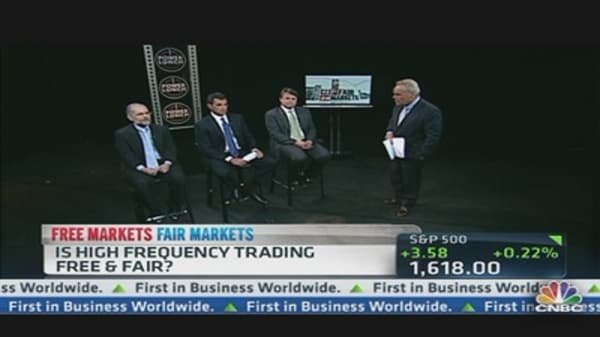Today is the third anniversary of the 2010 Flash Crash but, in addition to that that historic free fall, there are smaller flash moves almost every day in the stock market that analysts argue erode the confidence of investors.
Eric Hunsader of Nanex provided CNBC with three examples of recent flash moves.
In order to identify a 'flash move', Hunsader used three different parameters: 1) the drop or pop in the stock occurred in under one second; 2) it involved a number of trades, not just one bad tick; and 3) the stock moved several standard deviations implying a dramatic swing in its price.
Three examples Hunsader highlighted all took place this spring: Google's drop on April 22, when the stock opened at $803 and then, at around 9:37 am ET, nose-dived some 3.6 percent only to then immediately shoot higher.





